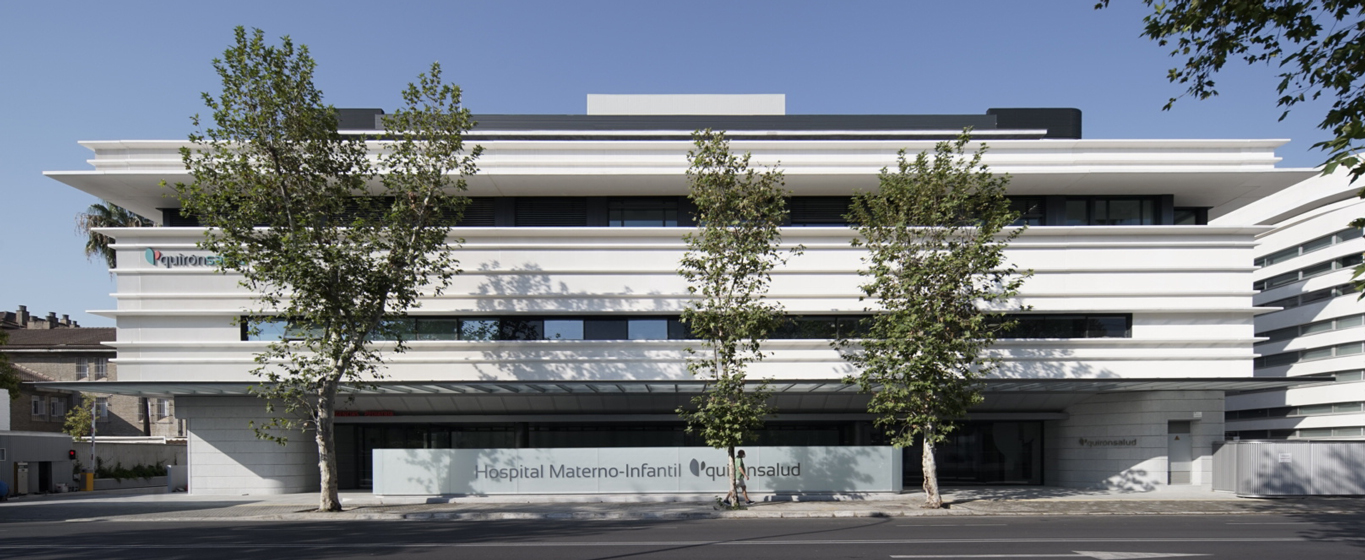Testicular Hydrocele
What is hydrocele? Learn about the causes, symptoms, and most effective treatments for fluid accumulation in the testicles.
Symptoms and Causes
Testicular hydrocele is the swelling of the scrotum, the sac that encloses the testicles, due to the accumulation of fluid between its two layers (the parietal and visceral layers).
Depending on its origin, it is classified into two types:
- Congenital hydrocele: This occurs before birth, during the formation of the scrotum and testicles. It is common in newborns and usually resolves on its own before the first year of life.
- Acquired hydrocele: This appears in older children or adults and is often the result of trauma or an underlying medical condition. Surgical intervention is required to correct it.
Symptoms
The most characteristic and often the only symptom of hydrocele is painless swelling of the scrotal sac, affecting either one (unilateral hydrocele) or both testicles (bilateral hydrocele). If the swelling increases significantly, it may cause discomfort or pain due to the added weight of the scrotal sac.
Causes
Testicular hydrocele can develop due to two different causes:
- Communicating hydrocele: This results from the incomplete closure of the tissue surrounding the testicles (tunica vaginalis), allowing abdominal fluid to move in and out of the scrotum. This causes variable swelling.
- Non-communicating hydrocele: This occurs due to an overproduction of fluid or a deficiency in its reabsorption. Trauma, infections, tumors, or testicular torsion commonly lead to this type of hydrocele.
Risk Factors
The likelihood of developing testicular hydrocele increases in the following cases:
- Premature babies born before 37 weeks of gestation.
- Scrotal injury.
- Testicular infection.
- Previous hydrocele.
- Surgery involving the testicles or scrotum.
Complications
Testicular hydrocele itself usually does not cause complications. In cases where the condition worsens, it is due to the progression of an underlying pathology.
Prevention
Congenital hydrocele cannot be prevented. To reduce the risk of developing acquired hydrocele, the following measures are recommended:
- Protect the testicles from impact, especially during sports such as horseback riding or baseball.
- Use condoms to prevent sexually transmitted infections.
What Doctor Treats Testicular Hydrocele?
Testicular hydrocele is diagnosed and treated by pediatric surgeons and urologists.
Diagnosis
The diagnosis of testicular hydrocele is made through a physical examination, during which the scrotum is observed and palpated to detect pain or the presence of a hernia.
Additional tests are conducted to support the diagnosis or determine the underlying causes:
- Blood test: To check for an infection.
- Scrotal transillumination: A diagnostic test that involves shining a light source behind the scrotal sac to illuminate it. If there is a hydrocele, the scrotum lights up because it is filled with clear fluid.
- Ultrasound: Used to rule out or confirm the presence of a tumor, torsion, or hernia.
Treatment
Non-communicating hydrocele does not require specific treatment, as it usually resolves on its own.
To correct a communicating hydrocele, a surgical procedure called hydrocelectomy is performed. This procedure involves closing the connection between the scrotum and the abdominal cavity by accessing the inguinal region and applying absorbable sutures.
























































